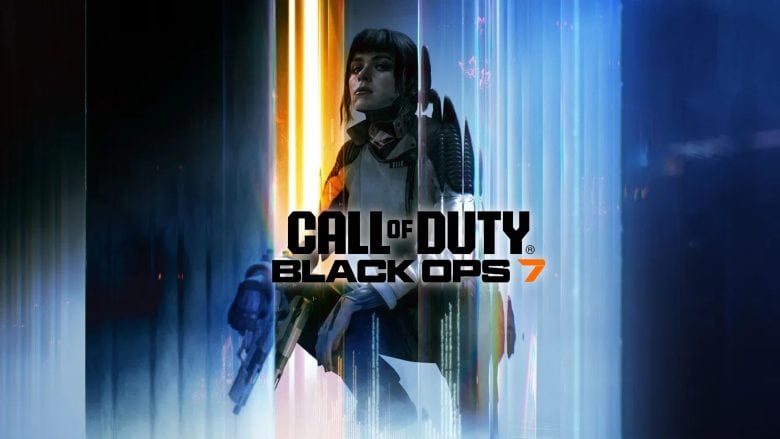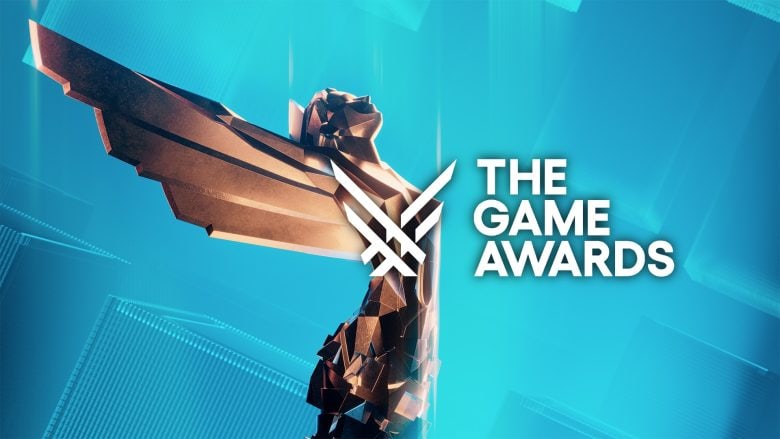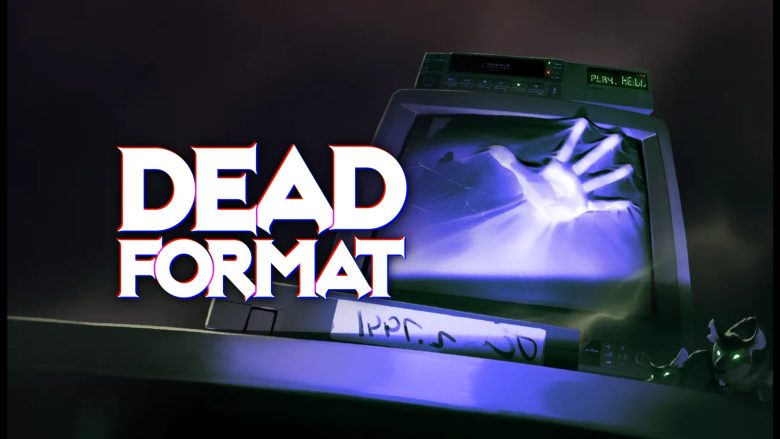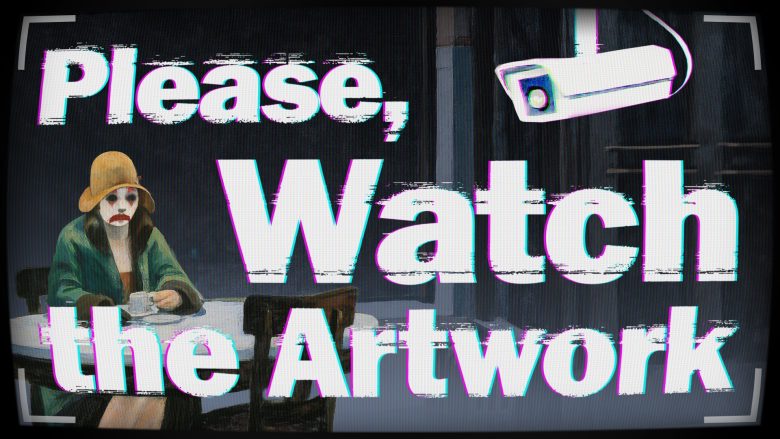A journey in the development of Shenmue, and the vision of a great author.
The great career of Yu Suzuki analyzed.
Yu Suzuki is an important game designer and author for SEGA. He created some of the most important arcade games in history. Suzuki created arcade games like Suzuki, Virtua Fighter, Virtua Cop, Space Harrier, After Burner, Outrun, and many more. In his career, his objective was to give the players the most immersive experience possible.
Suzuki used some techniques to break the fourth wall with some of his games; for example, Space Harrier has designed an arcade cabinet similar to a spaceship cockpit. The entire arcade station moves, following the movement of the cloche used by the player.
The same technology was used in Outrun. With Outrun 2, there is a complete revolution with more simulated movements of the car and new impressive graphics that place the player on an immersive tour with the iconic blonde girl, a great choice of classic Ferrari models, and all of this in great locations with many different paths to follow.
The last arcade was After Burner, an arcade where the player uses a fighter plane and needs to destroy the targets while engaging in dog fights with some of them.
After Burner uses in all chapters the movement simulation with many updates to maximize immersion.


The Born of Shenmue
Shenmue was a project developed in five years, from 1994 to 1999. The production was born as a spin-off of Virtua Fighter, and some influences are still in the definitive version. The game was one of the first AAA for that time; the budget for marketing and production was around 47/70 million, and this covers all two chapters of the game.
Shenmue was an innovative game, but the Sega Saturn was too limited for this game, and after the request of Suzuki, the game passed on to the next-generation console, the Dreamcast.

What Makes Shenmue a Revolution
Suzuki created a new genre with Shenmue, the first free roaming game. The free system gives the players a more realistic experience, and more importantly, everything is interactive. Houses, all citizens, and objects in the environment like gacha machines, arcades, phone cabinets, cartels, objects in the houses, and more.
The world is alive, and all citizens are different in their lives, personalities, work, and knowledge.
In the game, there are 300 actors to give life to a realistic world. In the game, the players can talk to everyone, and all the time there’s different reactions and answers to characters.
The progression works in an original way for the time; the player has an objective in the diary, and he can choose whether to search for information in the different areas of the map and complete the tasks or completely ignore it.
The player can explore the city and play some SEGA games in the arcade store or go to play with some gacha machines and do some training in the park.
Shenmue doesn’t give a classic map to the players, but he needs to learn how to move in the city and ask for directions and advice from the citizens. In some places, there’s a map of the area, and this is a great help for the players. The player needs to learn how to secure some visual reference to orientate in the game.
Controlling the hour of the day is an important mechanic because some missions and casual events happen only at a certain time of the day. The dynamic weather was an interesting characteristic for the time, and for another thing, the entire weather of the game was planned like the original weather of the year of the game story.

The Innovative Combat Progression
Shenmue has a technical combat system based on the Virtua Fighter games and the martial arts philosophy. The protagonist is still a student of martial arts and needs to learn how to fight well. This characteristic is passed on to the players with the need for long sessions of training, whether in the dojo or in the park.
The player who follows the ideology of martial arts “repeat for perfection”, can improve the strength and speed of all attacks on the character. Long training alone or with some important masters can teach the player some new combat moves.
This feature allows the player to have more muscle memory in combat and creates a connection between the character and the player.
The Story Goes on…
Shenmue wasn’t a success for SEGA. After the test with the launch of the second chapter on the first Xbox, a great console but not so diffuse for its price, the results were not good because they sold only 1,2 million copies.
A third chapter was canceled, but the experimentation continued with the work of Shenmue Online, an MMO that explores the world of Shenmue and gives players more mini games, but the project was canceled.
Yu Suzuki launched a kickstarter for the third chapter of Shenmue and the results were good. With a limited budget and a small team, Suzuki created the game that fans awaited, but the game for his particular structure wasn’t appreciated by new players used to more fast and immediate experiences.
The third chapter was a great return for the series. The fans awaiting a great return for the last four chapters can give an ending to this great authorial story.
Goodbye from the arcade!









